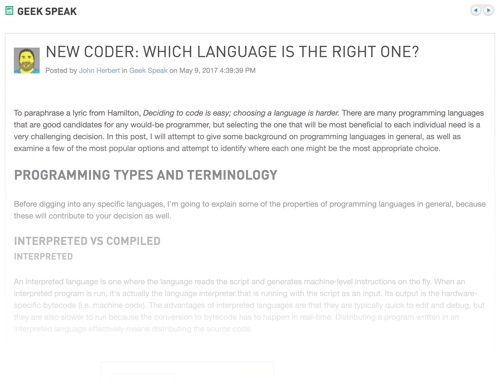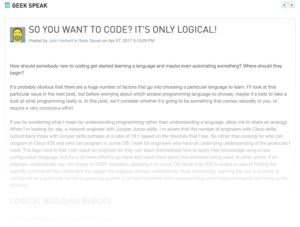IDG Contributor Network: How Atlanta streamlines traffic flows
If you’ve been stuck in traffic, you’ll appreciate Atlanta’s innovative new approach to keep things moving smoothly.Traffic jams are unpredictable and collecting real-time data over a large area is difficult. The City of Atlanta streamlines traffic with a city-wide system where every driver becomes a mobile traffic sensor and crowdsourced data improves traffic flow.Background The City of Atlanta was struck by what Atlanta Mayor Reed termed the single largest transportation disaster on March 30, 2017. A bridge on one of the main traffic arteries into the city, I-85, collapsed due to a maliciously set fire from beneath. Traffic gridlock lasted for months. Atlanta which belongs to the 100 Resilient Cities program set to work. Stephanie Stuckey, Chief Resiliency Officer for Atlanta turned to the Esri Disaster Response Program, to find a way to ease the traffic burden. A partnership was formed with Esri, a global smart-mapping leader and Waze to build the foundation of Intelligent Transportation Systems.To read this article in full or to leave a comment, please click here


 Cisco worked with the cloud titans, but it had to do most of the heavy lifting.
Cisco worked with the cloud titans, but it had to do most of the heavy lifting.